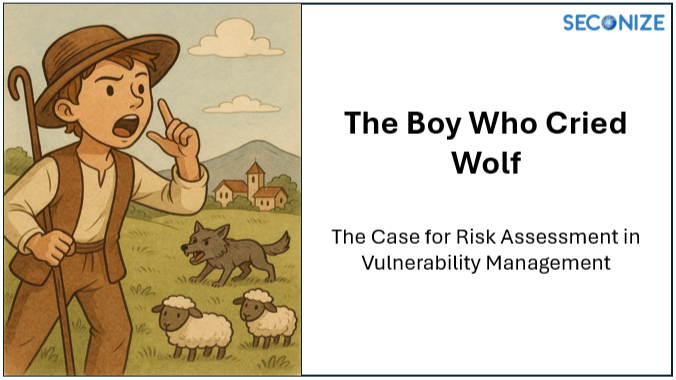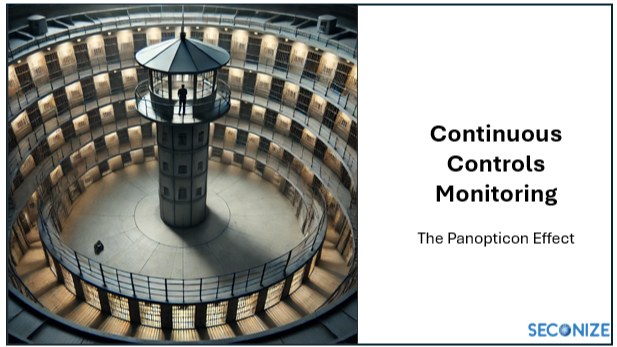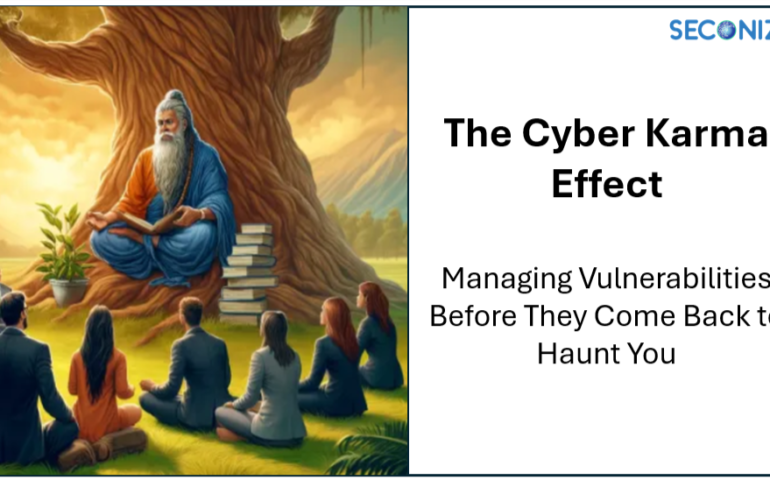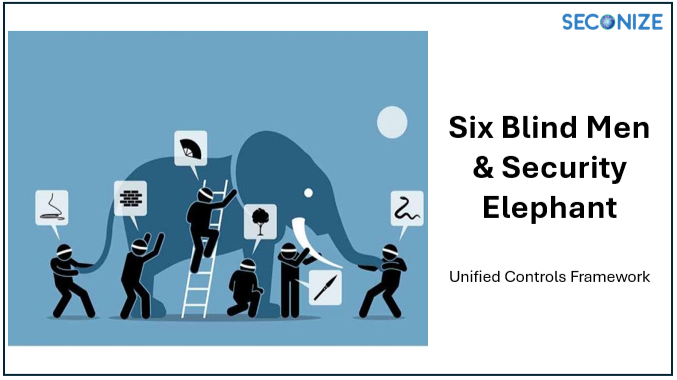

Unlocking Software Transparency: SBOM Implementation with Real-World Case Studies
🔍 Introduction to SBOM Implementation Modern software systems are built on complex layers of third-party, open-source, and proprietary components. Without visibility into these layers, organizations face serious cybersecurity, compliance, and operational risks. Recognizing this, CERT-In released Version 2.0 of its

Crying Wolf: A case for risk assessment in vulnerability management
“There was once a shepherd boy who kept crying ‘Wolf! Wolf!’ just to see people panic… until one day, the wolf really came.” This age-old fable holds a powerful lesson — and an even more powerful parallel in the world

Don’t Be a Gnome: Proactive Vulnerability Management
The “Underpants Gnomes,” a memorable creation from the South Park episode “Gnomes,” have a famously incomplete business plan: “Phase 1: Collect Underpants, Phase 2: ?, Phase 3: Profit!” The humor stems from the missing, yet crucial, middle step. This comical

The Five Monkeys and the Compliance Trap
There’s a parable often cited in behavioral science circles — simple, almost whimsical on the surface, but deeply revealing. The experiment may be apocryphal, but the metaphor is painfully real — especially in the world of cyber risk and compliance.

The Panopticon Effect and Compliance Monitoring
In the late 18th century, English philosopher and social theorist Jeremy Bentham proposed a radical architectural design for prisons known as the “Panopticon.” The concept was simple yet profound: a circular prison building with a central observation tower. The unique

The Butterfly Effect in Cybersecurity: How Small Vulnerabilities Lead to Massive Breaches
In the world of cyber risk management, the Butterfly Effect serves as a powerful metaphor. A minor security flaw—just like the flap of a butterfly’s wings—can set off a cascade of events, leading to catastrophic breaches, vulnerabilities, financial losses, reputational

Super Wicked Problems in the Context of Cybersecurity
The term “super wicked problems“ was first introduced in a 2012 paper by Kelly Levin, Benjamin Cashore, Graeme Auld, and Steven Bernstein. It was developed to describe unique global challenges, particularly climate change, that are characterized by extreme complexity, urgency,

SEBI Extends Cybersecurity and Cyber Resilience Framework Compliance Deadline for Regulated Entities
In an important development for financial market participants, the Securities and Exchange Board of India (SEBI) has announced a three-month extension for compliance with its Cybersecurity and Cyber Resilience Framework (CSCRF). The updated deadline for implementation is now June 30,

Karma and Vulnerability Management: A Cybersecurity Perspective on Vulnerabilities
Introduction In the world of cybersecurity, vulnerabilities are an inevitable reality. No system, no matter how secure, is immune to flaws. Similarly, in life, every action has consequences—a principle deeply rooted in the concept of karma. Just as karma dictates

Pandora’s Box or Treasure Chest? Reframing Cybersecurity Audits
Cybersecurity audits often evoke a sense of apprehension. They are seen as necessary evils—tasks that can expose a multitude of vulnerabilities, compliance gaps, and security lapses. Much like Pandora’s box, the fear is that opening the audit process will unleash

The Six Blind Men and the Security Elephant: A Case for Unified Controls Framework
A Case for Unified Controls Framework: Once upon a time, in the realm of cybersecurity, there were six experts, each specializing in a critical domain: Access Management, Asset Management, Risk Management, Incident Management, Data Protection, and Threat Management. Like the

GRC Workflows as an Orchestra: A Symphony of Compliance and Risk Management
Managing Governance, Risk, and Compliance (GRC) workflows in large enterprises is much like conducting a grand orchestra. Just as a symphony requires precise coordination among musicians, GRC workflows demand synchronization among audit managers, auditors, auditees, compliance teams, and stakeholders. If






Recent Comments